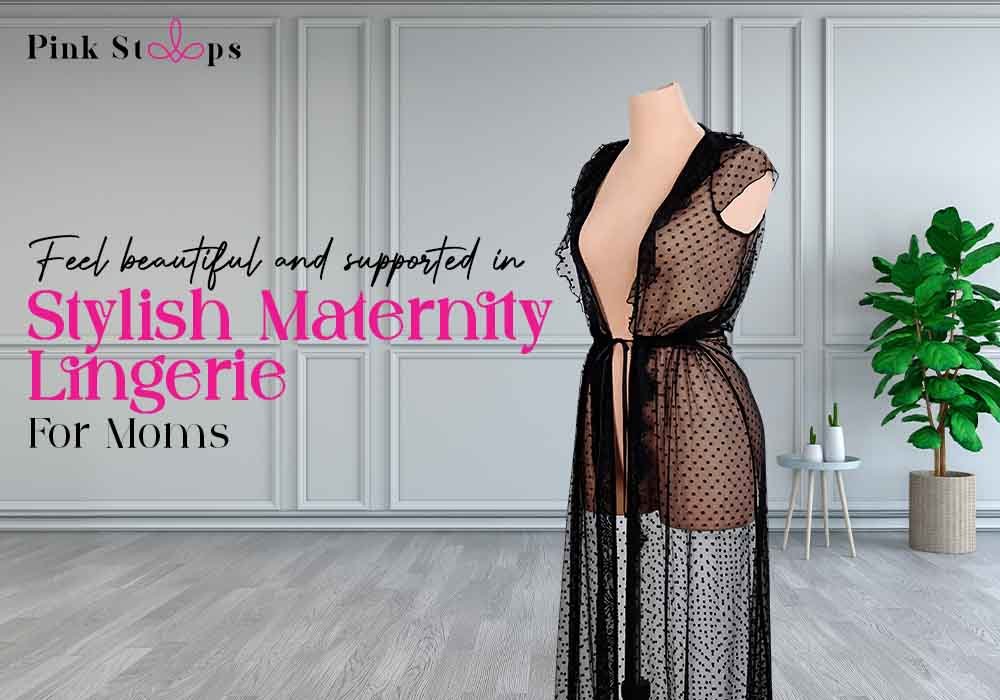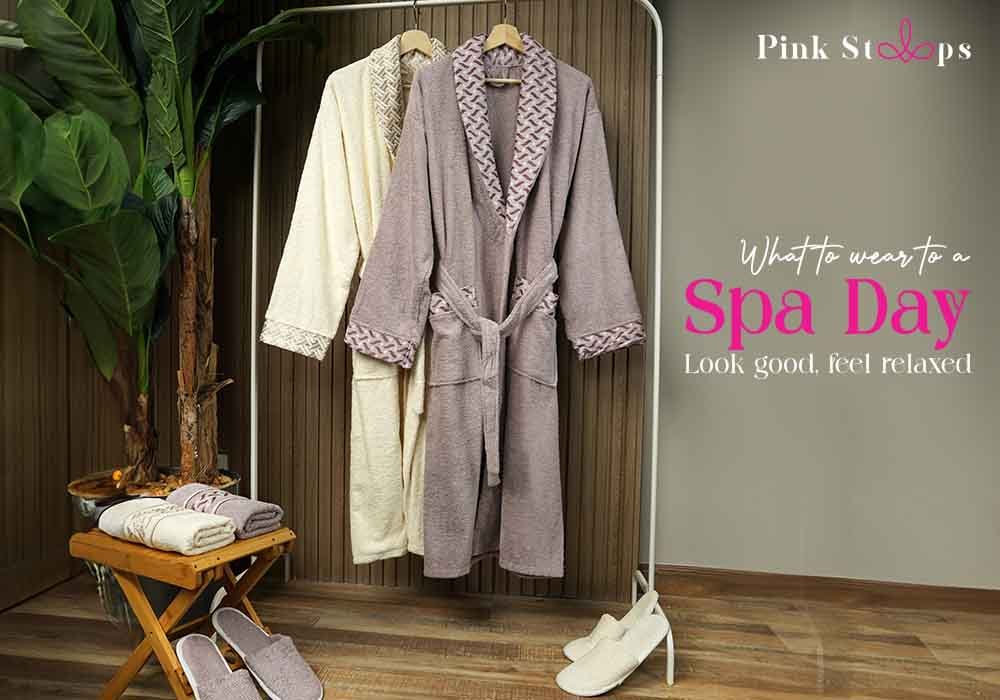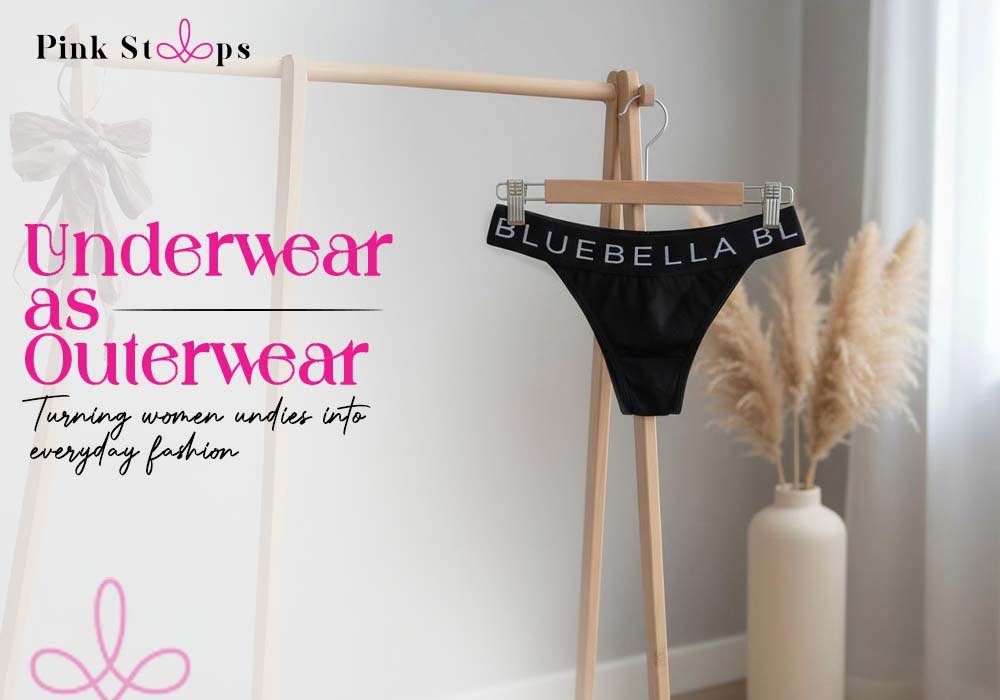Table of Contents
Why Do Elderly Women Need Special Bras?
Aging changes your body in ways that demand a rethink of your lingerie drawer. Here’s why an easy bra for elder women is essential:
- Body Changes: Breasts sag and lose elasticity over time, while weight fluctuations or hormonal shifts can alter size. A bra needs to adapt to these changes for comfort.
- Mobility Challenges: Arthritis or limited shoulder movement makes traditional back-closure bras tough to manage. Easy-on designs restore independence.
- Sensitive Skin: Thinner skin calls for soft, breathable materials like cotton or modal to prevent irritation.
Prioritizing Comfort: After years of wearing bras for hours, you deserve one that feels like a gentle hug, not a wrestling match.
Real Talk:
My 70-year-old neighbor told me, “I just want a bra I can put on without a fight.” That’s the goal—comfort without compromise.
What Makes American Bra Sizes Tricky to Navigate?
American bra sizes can feel like a puzzle. With band sizes (e.g., 34, 36) and cup sizes (A, B, C), here’s why it’s tricky and how to get it right:
- Brand Variations: A 36C in one brand might fit like a 34D in another due to inconsistent sizing.
- Measurement Math: Band size is your ribcage measurement (rounded to an even number), and cup size is the difference between bust and band (e.g., 2 inches = B cup).
- Aging Impact: Breast size changes with age, so your go-to size from a decade ago might not fit now.
- Half Sizes: Some brands offer half-cup sizes (e.g., 36B½) for a precise fit, but they’re not universal.
How to Measure:
- Band Size: Measure under your bust, rounding to the nearest even number (e.g., 35 inches becomes 36).
- Bust Size: Measure at the fullest part of your chest.
- Cup Size: Subtract band from bust. A 4-inch difference is a D cup, 5 inches a DD, etc.
Pro Tip:
Measure every 6–12 months. Use pinkstraps Fit Finder method can pinpoint your size in minutes.
Which Features Make a Bra the Best for Elderly Women?
The best bra for elderly women prioritizes ease, support, and softness. Here’s what to look for:
- Wireless Comfort: Wires can irritate sensitive skin. Wireless bras with T-seams or side panels offer support without pinching.
- Wide, Padded Straps: These prevent digging into shoulders, especially for larger busts.
- Breathable Fabrics: Cotton, modal, or bamboo blends keep you cool and are gentle on delicate skin.
- Adjustable Bands: Accommodate weight changes for a consistent fit.
Full Coverage: Prevents spillage and creates a smooth, flattering shape.
Top Pick:
The Liberare Everyday Easy-On Bra combines wireless support, modal fabric, and full coverage for A–DDD cups.
Are Front Snap Hook Bras the Easiest Choice?
Front snap hook bras are a lifesaver for women with mobility issues. Here’s why they shine:
- Effortless Fastening: Snap hooks or magnetic closures (like Liberare’s) make dressing simple, no dexterity required.
- No Back Strain: Forget twisting to reach back closures—front snaps are arthritis-friendly.
- Balanced Support: Brands like Glamorise offer snap-front bras with cushioned wires or wireless options for lift and ease.
- Grip Loops: Some, like Springrose’s front-closure bra, include loops for one-handed fastening.
Comparison Table: Front Snap Hook Bras vs. Back-Closure Bras
Feature | Front Snap Hook Bras | Back-Closure Bras |
Ease of Use | Front snaps or magnets, super easy | Requires back reach, tougher |
Best For | Arthritis, limited mobility | Full range of motion |
Support Level | Wireless or soft-wire options | Often underwired, varying support |
Comfort | Soft fabrics, no strain | Can dig in, less accessible |
Example Brand | Liberare, Glamorise | Bali, Playtex |
User Love:
A Liberare reviewer shared, “The magnetic snaps let me dress without pain—it’s freedom!”
Can a Seamless Bra Work for Heavy Breasts?
Is a seamless bra good for heavy breasts? Seamless bras are knitted without seams for a smooth look, but here’s the breakdown for larger busts:
- Pros:
- No Chafing: Seamless designs avoid irritation, perfect for sensitive skin.
- Invisible Under Clothes: Great under T-shirts or thin fabrics.
- Soft Stretch: Often made with modal or nylon-elastane for all-day comfort.
- Cons:
- Limited Support: Some seamless bras lack structure for D+ cups. Look for T-seams or side panels.
- Stretch Fatigue: Over time, stretchy fabrics may lose shape, so check elastic strength.
Best Picks:
- Liberare Front Closure Wrap Bralette: Seamless, wireless, with wide straps for A–DDD cups.
Wacoal T-Shirt Bra: Seamless with breathable spacer foam for support.
Magic Tip:
For heavy breasts, choose seamless bras with molded cups or reinforced bands to maintain lift.
What’s an Adaptive Bra, and Why Does It Matter?
An adaptive bra is built for accessibility, perfect for women with arthritis, post-surgery needs, or mobility challenges. Here’s why they’re a must:
- Easy Fastening: Magnetic snaps, Velcro, or front closures simplify dressing.
- Accessible Design: Grip loops (e.g., Liberare’s) allow one-handed use, ideal for limited dexterity.
- Sensory-Friendly: Soft, wireless fabrics reduce irritation for sensitive skin.
- Inclusive Sizing: Ranges from XS to 6XL for all body types.
Example: The BraEasy sports bra uses Velcro for easy wear, loved by wheelchair users for its back support.
Real Story:
A user shared, “BraEasy’s Velcro gave me back my independence. It’s comfortable and cute!”
How Can a Bra Ease Shoulder Pain?
Shoulder pain is a dealbreaker, especially for larger busts. The best bra for shoulder pain includes:
- Wide, Padded Straps: Distribute weight evenly, reducing shoulder strain.
- Snug Band Fit: The band should provide 80% of support, taking pressure off straps.
- Wireless or Soft Wires: Prevents under-bust pinching that worsens discomfort.
- Posture Support: Bras like the Playtex 18-Hour Bra promote better posture, easing pain.
Top Pick: The Evelyn & Bobbie Defy Bra offers seamless, wide straps and full coverage for D+ cups.
Quick Fix:
Adjust straps to be snug, not tight, and ensure the band sits level under your bust.
Is the Betty Bra Worth the Hype?
The Betty Bra (a stand-in for classic, simple bras) is designed for older women’s needs. Here’s why it’s a contender:
- No-Fuss Design: Wireless, full-coverage, with wide, adjustable straps.
- Soft Materials: Cotton or modal blends for sensitive skin.
- Budget-Friendly: Often $30–$50 with durable construction.
- User Feedback: Fans might say, “It’s supportive yet feels like nothing’s there.”
Note:
Check reviews for stretch recovery and washability to ensure longevity.
What’s the Deal with Stick Easy Bra and So Easy Bra?
Stick easy bra and so easy bra offer hassle-free options for older women:
- Stick Easy Bra:
- Adhesive Style: Sticks to skin, no straps or clasps, perfect for backless outfits.
- Best For: A–C cups or occasional wear, not ideal for heavy breasts.
- Pros: Invisible, easy to apply.
- Cons: May irritate skin or lose stickiness over time.
- So Easy Bra:
- Pull-On Design: Slips on like a T-shirt, no closures needed (e.g., Harper Wilde Bliss Bralette).
- Best For: Low-impact activities, less support for D+ cups.
- Pros: Seamless, stretchy nylon-elastane blend.
Cons: May roll up if worn on damp skin.
Style Tip:
Use a stick easy bra for low-cut dresses, but test for a few hours to ensure adhesion.
Which Bras Should You Avoid as an Older Woman?
Some bras do more harm than good. Avoid these:
- Harsh Underwires: Can bruise delicate skin or dig into ribs.
- Thin Straps: Cause shoulder pain and red marks.
- Non-Adjustable Bands: Don’t adapt to weight changes, leading to poor fit.
- Synthetic Fabrics: Polyester-heavy bras trap heat and feel restrictive.
- Back-Closure Only: Tough for arthritis or limited mobility.
Buyer Beware:
A Silverts reviewer noted their back-closure bra “kept popping open” due to weak hooks.
Why Is My Bra Showing Through My Shirt?
Visible bra lines are a fashion faux pas. Here’s why it happens and how to fix it:
- Size Mismatch: Too-tight cups or bands create bulges. Use the American bra sizes guide to measure correctly.
- Seams: Seamed bras show under thin fabrics. Try a seamless bra like Spanx Bra-llelujah!.
- Cup Gapping: Molded cups may gap if not fitted perfectly. Unlined, stretchy cups mold better.
- Color: Bright bras show under light shirts. Choose nude or skin-tone shades.
Quick Fix:
- Opt for a seamless T-shirt bra like ThirdLove’s Classic T-Shirt Bra.
Use nipple covers for extra discretion with unlined bras.
When Do Breasts Stop Growing?
Breasts generally stop growing by 18–21, when puberty ends. But:
- Hormonal Shifts: Pregnancy, menopause, or medications can change size.
- Weight Changes: Breasts, partly fatty tissue, fluctuate with weight.
- Aging: Sagging or loss of fullness makes supportive bras essential.
Fun Fact:
Research shows 80% of women wear the wrong bra size, worsening sagging. Regular fittings help!
Magic Tips for Choosing the Perfect Bra
Elevate your bra game with these secrets:
- Check Stretch Recovery: Stretch the bra; it should snap back to maintain shape.
- Machine-Washable: Choose bras that survive the washer (in a laundry bag) for easy care.
- Try Before Buying: Test in-store or choose brands with generous return policies (e.g., ThirdLove’s 60-day returns).
- Build a Rotation: Own 4–5 bras: 2 daily, 1 sports, 1 strapless, 1 bralette.
- Posture Boost: A supportive bra can improve posture, easing back pain.
Bonus:
Look for a U-shaped back to prevent strap slippage and enhance lift.
Your Bra Questions, Answered with a Twist
Q1: Which bra holds the breasts tightly?
Q2: Is a seamless bra good for heavy breasts?
Q3: When do breasts stop growing?
Q4: Which bra to avoid?
Q5: Why is my bra showing through my shirt?
To Be Continued…
Finding an easy bra for elder women is about embracing comfort and confidence. From front snap hook bras to adaptive bras and seamless bras, there’s a perfect fit for every need. Stay tuned for our next post, where we’ll explore shapewear that lifts without squeezing—because your golden years deserve effortless style!
Got a bra question or tip? Share below, and let’s keep the conversation going!





